Budget-Friendly Food Storage Ideas
As a participant in the Amazon Services LLC Associates Program and other affiliate programs, Easy Homemade Life may collect a share of sales or other compensation from the links on this page. This comes at no additional cost to you, and all the prices and availability are accurate at the time of publishing.
Tired of throwing out food but don’t want to break the bank on fancy food storage containers? Here are some of the best budget-friendly food storage ideas!
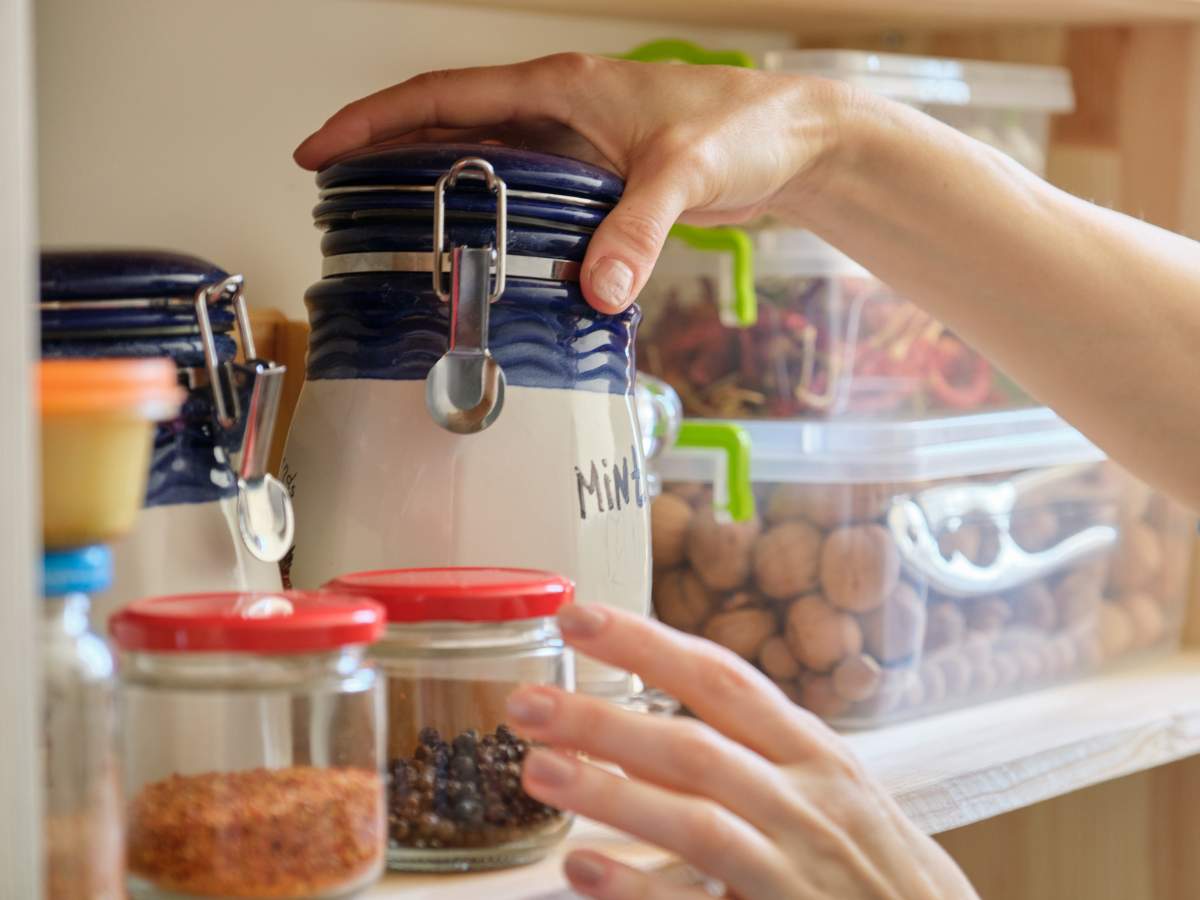
This post may contain affiliate link(s). As an Amazon Associate, I earn from qualifying purchases. See Disclosures.
Proper food storage is essential to reduce the amount of food you throw out. The USDA estimates that between 30 and 40% of the food supply in the USA is wasted. That’s a colossal amount of food waste, much of which can be avoided with proper food storage and thoughtful family meal planning to ensure ingredients are used efficiently.
There are all kinds of food storage ideas. From fancy plastics to glass and even beeswax pouches, there are plenty of ways to store your leftovers safely. But what are the best picks if you’re looking for affordable solutions?
The following are some of the best budget-friendly food storage ideas and why they’ve made this list.
Reusable Food Storage Bags
- Reusable food storage bags are a great alternative to disposable plastic bags. They can be used to store a variety of items, including sandwiches, snacks while hiking, and leftover foods.
- Reusable food storage bags are typically made of durable materials like silicone or cloth and can be washed and reused over and over again.
- They cost between $1 and $2 per bag, depending on the size of the bag.
Mason Jars
- Mason jars are a versatile and budget-friendly option for food storage. They can be used to store a variety of dry goods, such as grains, nuts, and seeds.
- They also keep liquids like soups, stews, and smoothies.
- These jars are made of glass, a non-porous and safe material for food storage. They are also easy to clean and can be reused repeatedly.
- They’re often free! Buying jam, pasta sauces, and more in jars means you can reuse the jars as storage containers.
Bamboo-Topped Glass Containers
- Bamboo-topped glass containers are a sustainable and budget-friendly option for food storage. The lids are made of bamboo fiber, a renewable resource and biodegradable.
- Bamboo containers are durable and can be used to store a variety of items, including sandwiches, snacks, and leftovers. I use them most often for dry goods like pasta, flour, and sugar.
- Bamboo containers are also easy to clean and can be used in the microwave and dishwasher.
- They are more expensive up front, but they will last a lifetime with proper care and use.
Deli Containers
- Available at restaurant supply stores or online, sleeves of 25, 50, or more deli containers in various sizes are affordable food storage options.
- They’re clear, so you can easily see the contents.
- Most deli containers can warp and melt in the microwave, so transfer the contents out of the container before reheating the contents. However, I’m happy to recommend the JoyServe brand which is microwave, freezer, and dishwasher safe!
Take-Out Containers
- Many restaurants have switched to packaging take-out in reusable plastic containers. They are often rectangular in size with black bottoms and clear tops. They are perfect for packing up leftovers!
- These containers stack nicely inside the fridge and the cupboard.
- They are recyclable; pop them into the recycling bin when you’re done with them.
- Food containers are one of the four largest plastic pollutants in the oceans. Reusing and recycling them when you’re done keeps them out of landfills and the oceans.
Silicone Stretch Lids
Forget the container and just use lids! Silicone stretch lids will fit bowls, pots, cups, casserole dishes and more so that you can pack up your leftovers in reusable dishes and store them in the fridge.
Plastic Containers
- Reuse sour cream, Cool Whip, margarine, and cream cheese containers to store your leftovers. When they’re empty, wash them and use them to pack up chicken, stews, casseroles, meatloaf, or whatever you’ve had for lunch or dinner. I just stored leftovers of chicken and asparagus bake in one! They’re also great for storing dry goods like ruby chocolate.
- Write the name of the contents and the date on the top so you can quickly and easily identify what’s in them.
- You don’t get much more budget-friendly than reusing these plastic containers.
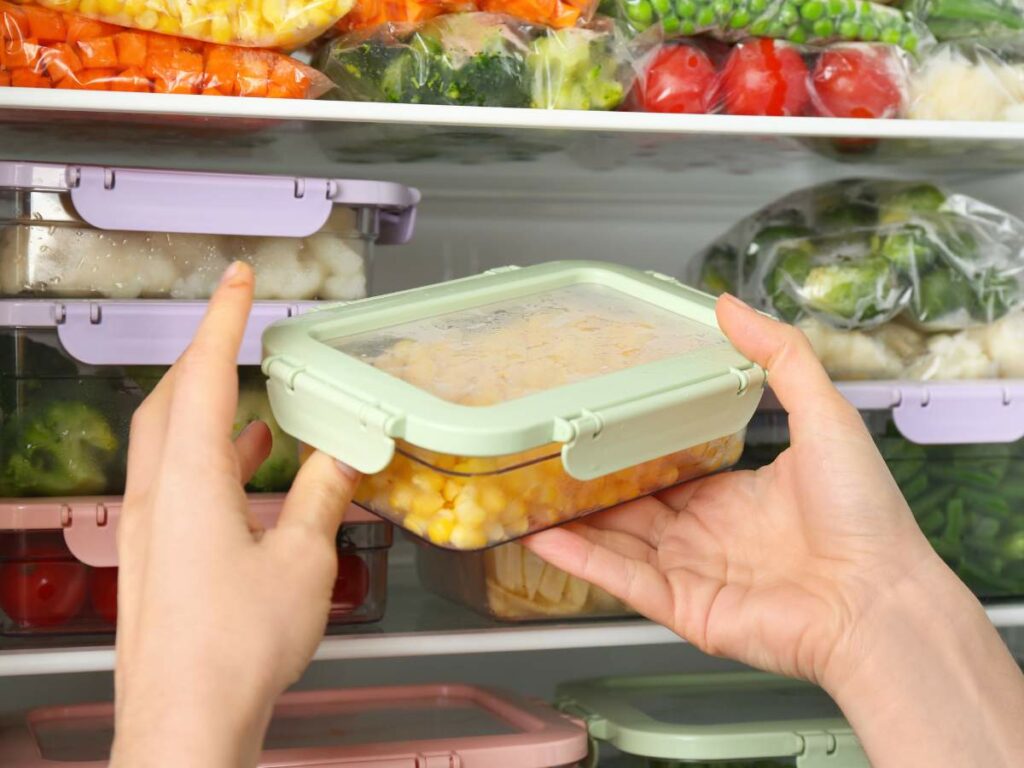
What You Can Store in Food Storage Containers
Food storage containers aren’t just ideal for leftovers, but they can be used for any number of consumables. From pantry staples like rice, flour, sugars, oatmeal, and spices to freezer jams, frozen soups, and tasty stews, preserving the freshness of your food will help reduce the amount of waste in your home.
You can also use these containers for non-edibles. They are perfect for organizing craft supplies, pet food, jewelry, things you want to keep dry while camping, and much more.
Don’t Forget the Labels
There’s nothing worse than opening your fridge to see a sea of food storage containers filled with mystery ingredients. You can use tape and a pen to label the top of your food storage containers to identify what’s inside, and by adding a date, you’ll know when the leftovers were added to the fridge.
Labels are especially helpful when freezing leftovers because once frozen, it becomes hard to tell what’s inside the container.
After labeling the containers, you can use the “first in, first out” method to make sure that older food items are used before newer ones, reducing the risk of expiration.
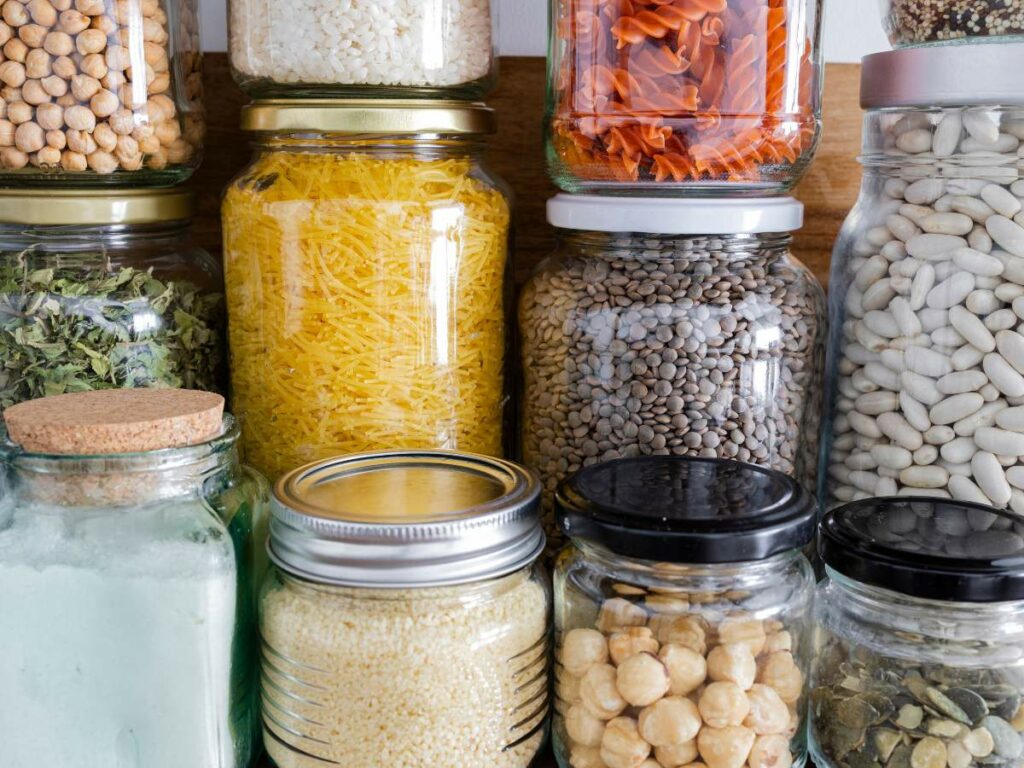
Food Storage Tips
Many foods are sensitive to temperature and can spoil or become unsafe to eat if stored at the wrong temperature. For example, perishable foods such as meat, dairy, and produce should be stored in the refrigerator to keep them fresh. Dry goods such as grains and legumes should be stored in a cool, dry place away from direct sunlight.
Always follow the USDA guidelines for food storage. Among other things, the USDA recommends storing refrigerated food under 40°F and consuming most leftovers within three to four days.
FAQS
Not all fruits and vegetables need refrigeration. Apples, bananas, berries, melons, carrots, potatoes, and most root vegetables are among the fresh produce that can be stored out of the fridge. Keeping them in a vegetable rack or a breathable/mesh produce bag will allow for air circulation, helping prevent moisture buildup and keeping them fresher for longer.
On the other hand, cut-up fruits and leafy greens should be stored in the fridge. If you plan to use them right away, you can fit the base of your salad crisper drawer with a fruit and vegetable cushion to prevent them from “sweating.”
Otherwise, you can place the produce on paper towels to draw out moisture, loosely roll them into a cylinder, and place them in a reusable food storage bag. You can also opt to line a large airtight container with paper towels, loosely fill it with produce, and add another paper towel before closing the lid.
Yes, but only if the storage is not made of low-grade metal. Food-grade stainless steel is recommended for safe food preparation and storage, as it is non-staining, non-porous, and does not react to food.
While quality food-grade metal containers are generally more expensive than plastic, they are highly durable and can last for many years.
Spices and seasonings often come in reusable containers which you can simply refill when you run out. Small glass jars are also a great option as they won’t absorb flavors or odors. Make sure to look for jars that have a tight-fitting lid to maintain the freshness of your spices.
Keep in mind that that spices are best kept in a cool dark area to maximize their shelf life. Consider using spice drawer organizers or magnetic spice racks for efficient and budget-friendly storage solutions.
There are many cost-effective food storage solutions for limited spaces. You can look into hanging baskets, stackable bins, or over-the-door organizers. Shelves or tension rods are great for maximizing vertical space. Lastly, you can repurpose less commonly used areas of your home to store food, like the top of kitchen cabinets.
The Final Word
Using these budget-friendly food storage options can save money and reduce waste. They are durable, affordable and in many cases free, and easy to use, making them a great choice for anyone looking to save money on food storage.
Portions of this article originally appeared on Food Drink Life.


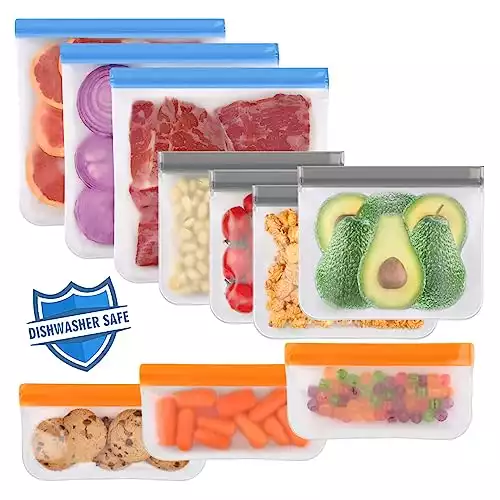
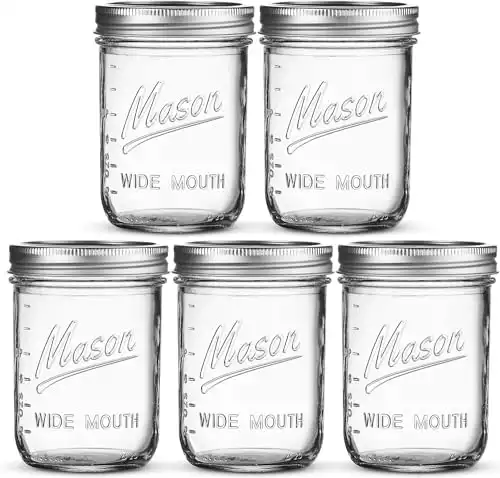
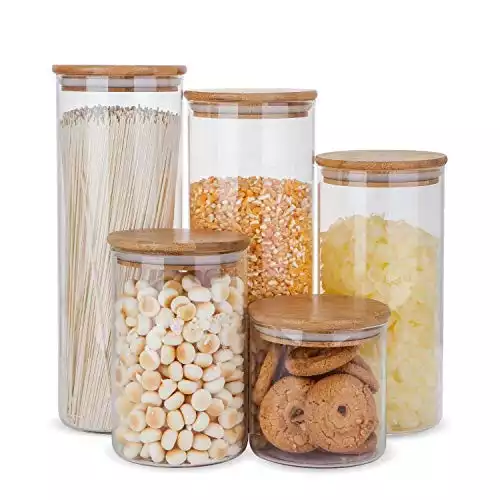
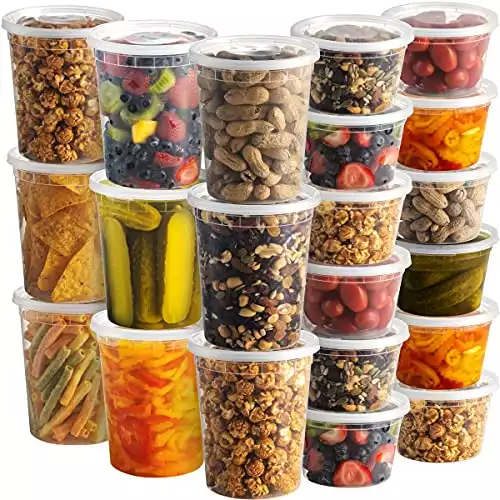
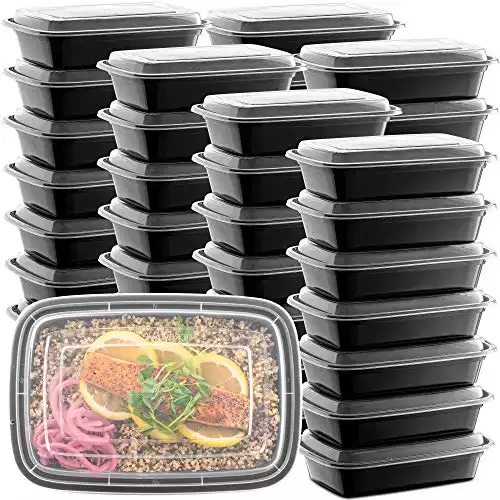
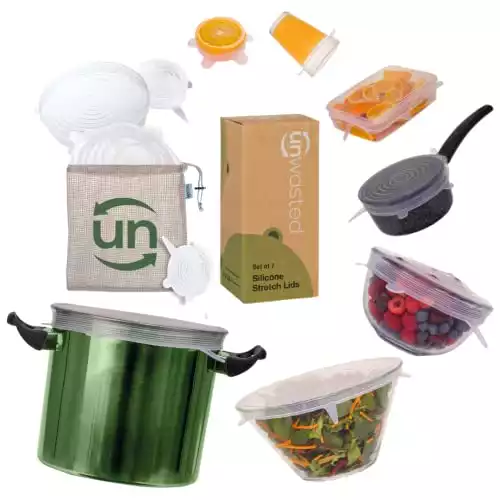

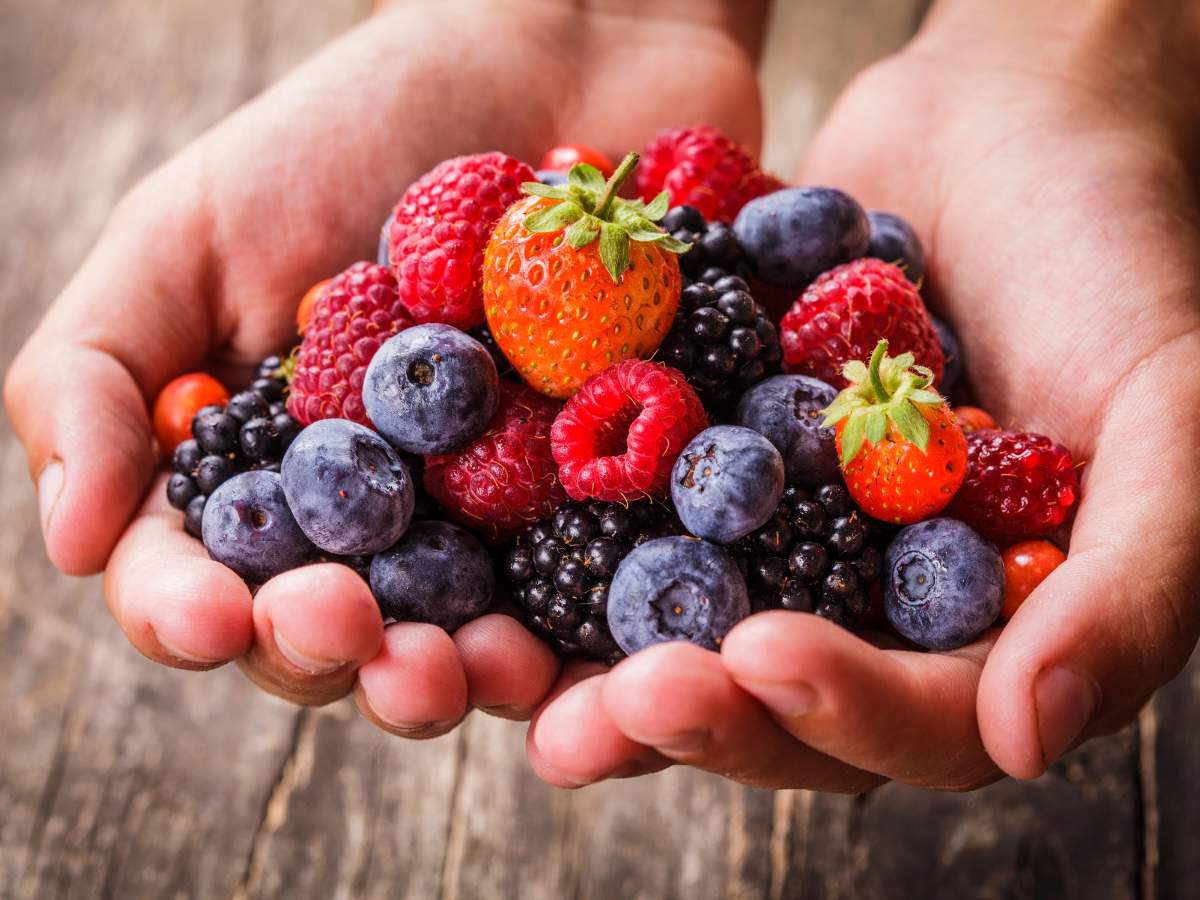
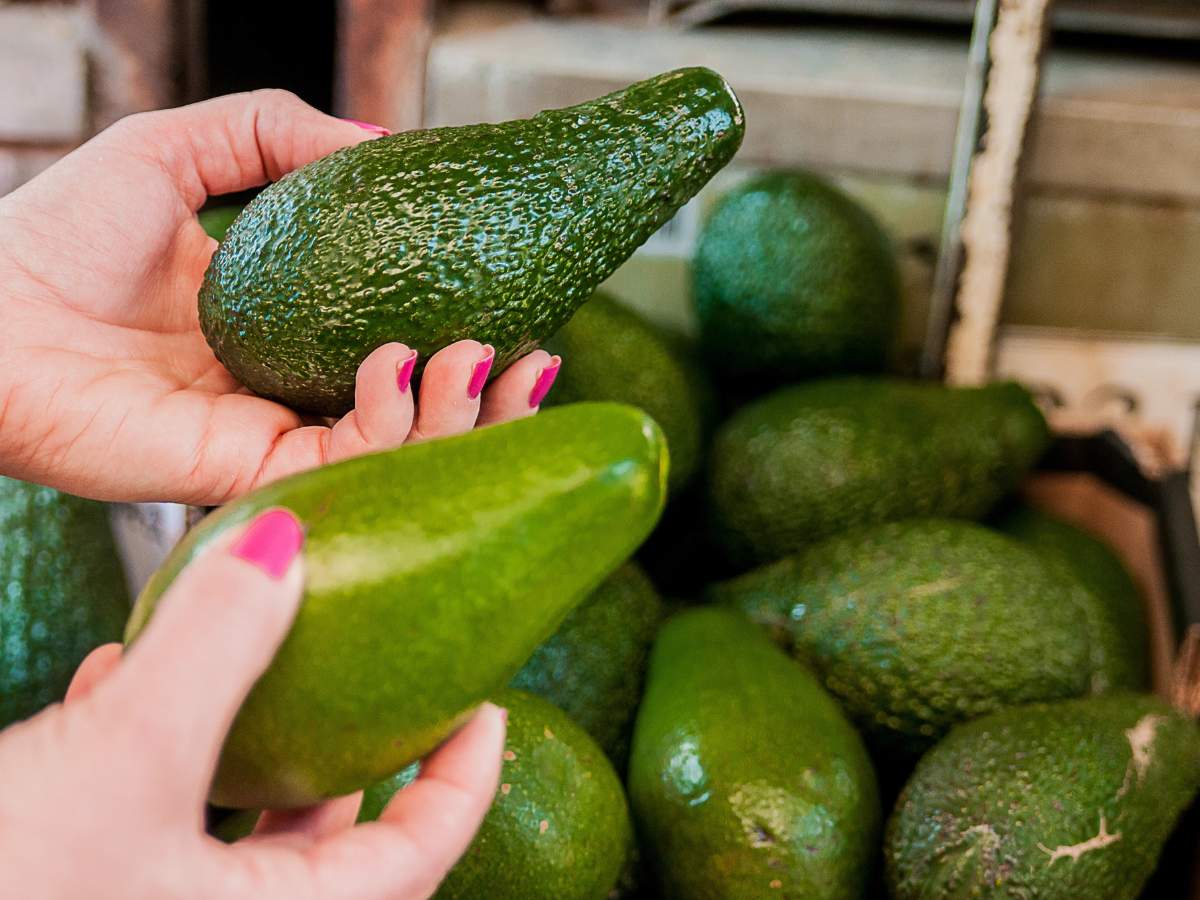
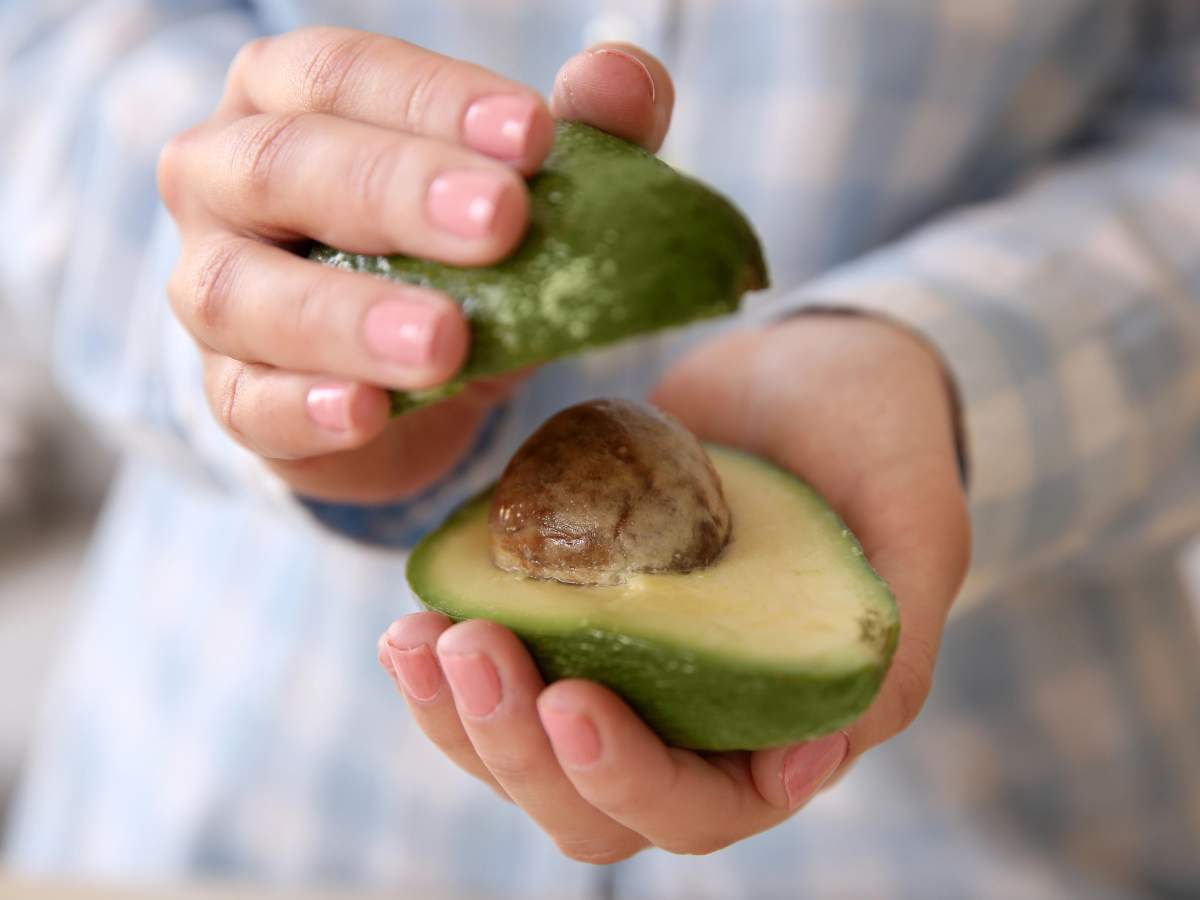
My husband and kid are SO clumsy that I’ve finally decided we can’t have the nice glass tupperware containers I love so much. This suggestions were really helpful in deciding which non-glass food storage option might work for us.
I’m happy to hear you found the tips useful! Thanks for the comment, Anne 🙂